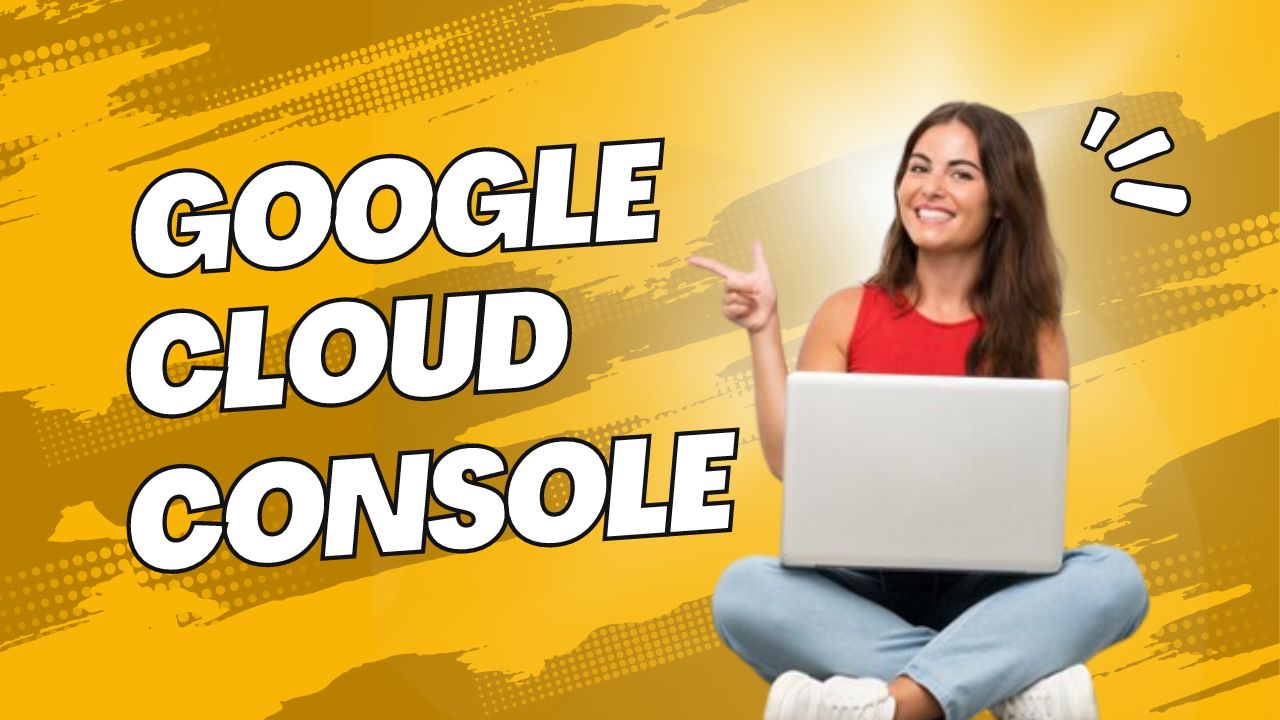
What is Machine Learning – How Important Is It in the Modern World?
Machine Learning stands out as a prevalent subfield within the realm of Artificial Intelligence, widely embraced for its far-reaching applications. From the domains of Healthcare and Finance to Infrastructure, Marketing, Self-driving …
What is Machine Learning – How Important Is It in the Modern World? Read More







